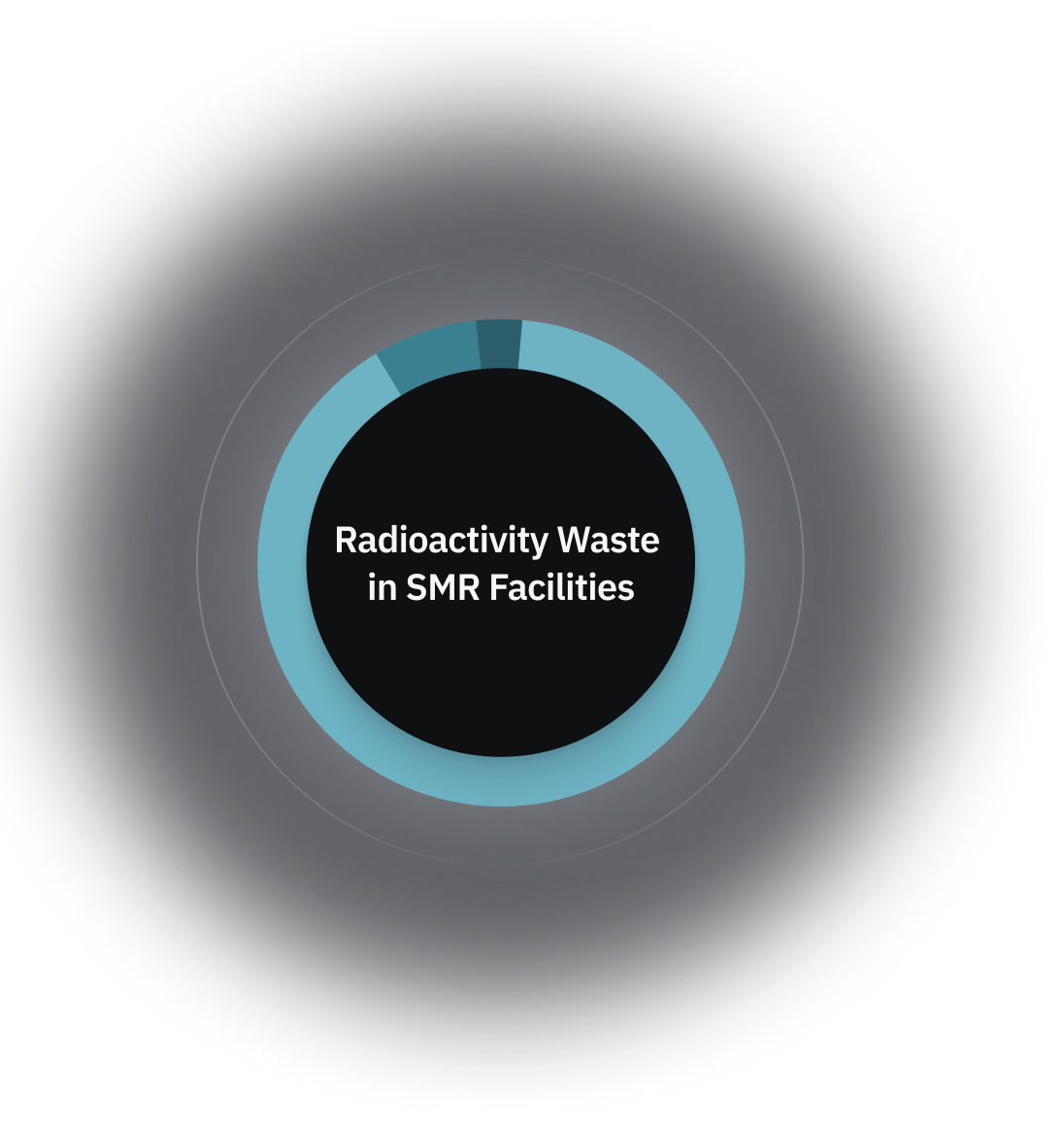
Discover the journey of nuclear fuel and the impacts of radioactivity.
The fuel cycle starts with the mining of uranium and ends with the disposal of spent material that is no longer usable. The raw material for today’s nuclear fuel is mainly uranium.
It must be processed through a series of steps to produce an efficient fuel for generating electricity.
Spent fuel is managed responsibly through storage, recycling, and final disposal.

The nuclear fuel cycle is a fascinating process that transforms natural uranium into a powerful energy source and ensures the responsible management of waste. Explore each stage in our interactive infographic.






Uranium, a naturally occurring element, is mined using open-pit, underground, or in-situ leaching methods. After extraction, it is processed into a concentrated form called yellowcake (U₃O₈), making it suitable for further refinement.
What about radiation?
Radiation is part of our natural world — it’s in the earth, the air, and even our bodies.


Radiation is a natural part of our world, from cosmic rays to elements in the Earth's crust and even within our own bodies. Activities like flying or medical imaging add small doses of radiation, but these levels are carefully managed and harmless, much like a warm bath.

The difference between safe and harmful radiation lies in the dose. Low doses are manageable and pose no risk, while high doses can cause harm, similar to how hot water can scald. Science and technology allow us to monitor and control exposure, ensuring safety in fields like medicine and energy.

Radiation in nuclear facilities is strictly controlled to ensure safety, minimize risks, and maintain reliability through regulated protective measures.
The bar chart below provides a clear comparison of radiation levels from different sources, helping to put nuclear energy into perspective.

*Units are in µSv, microSievert.

Radioactive waste is carefully measured by volume and classified tino low, intermediate, and high-level categories based on its radioactivity and heat generation.
In modern SMR facilities, about 90% of the waste is low-level, such as protective clothing and tools, with only 3% classified as high-level waste, which is securely stored in long-term facilities.
Compared to other energy sources, SMRs produce significantly smaller waste volumes. With advanced recycling methods, SMRs further reduce waste by reprocessing spent fuel into new energy, showcasing their efficiency and environmental responsibility.
3% High Level Radioactivity
7% Medium Level Radioactivity
90% Low Level Radioactivity
SMR Community • 2025 All Rights Reserved